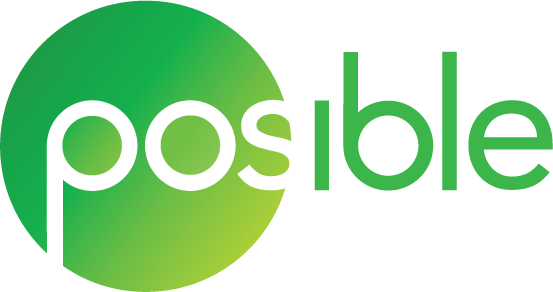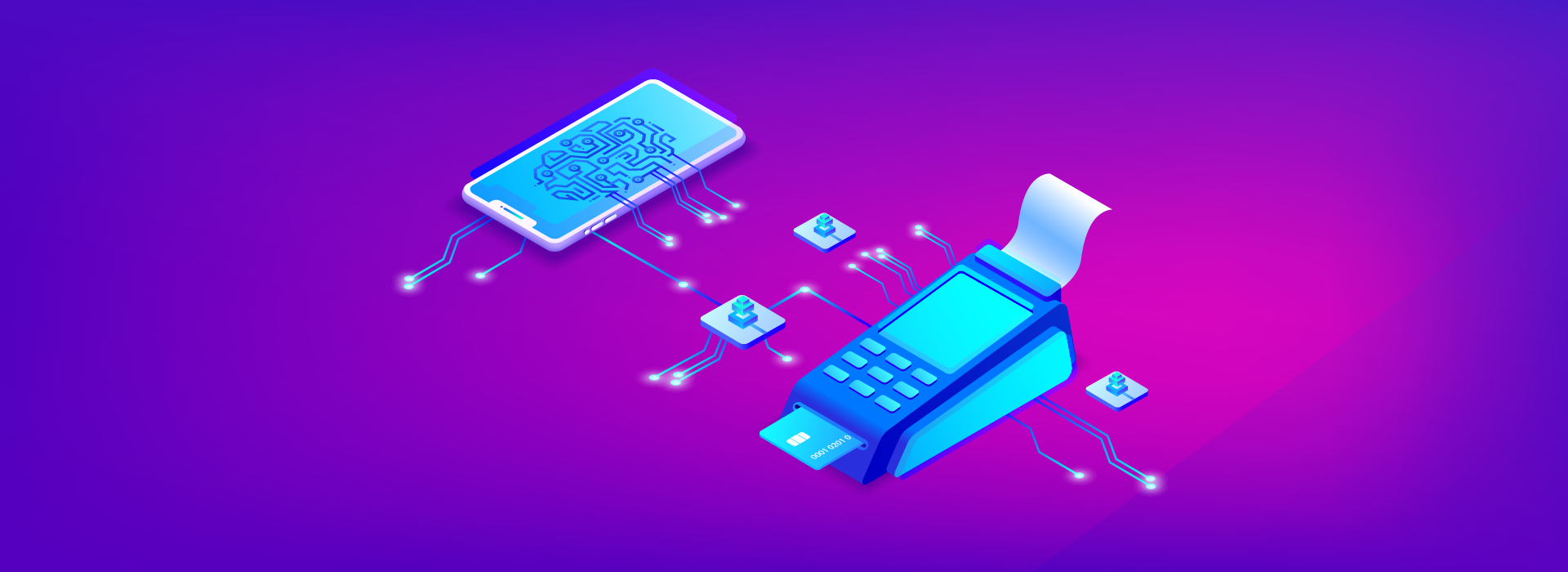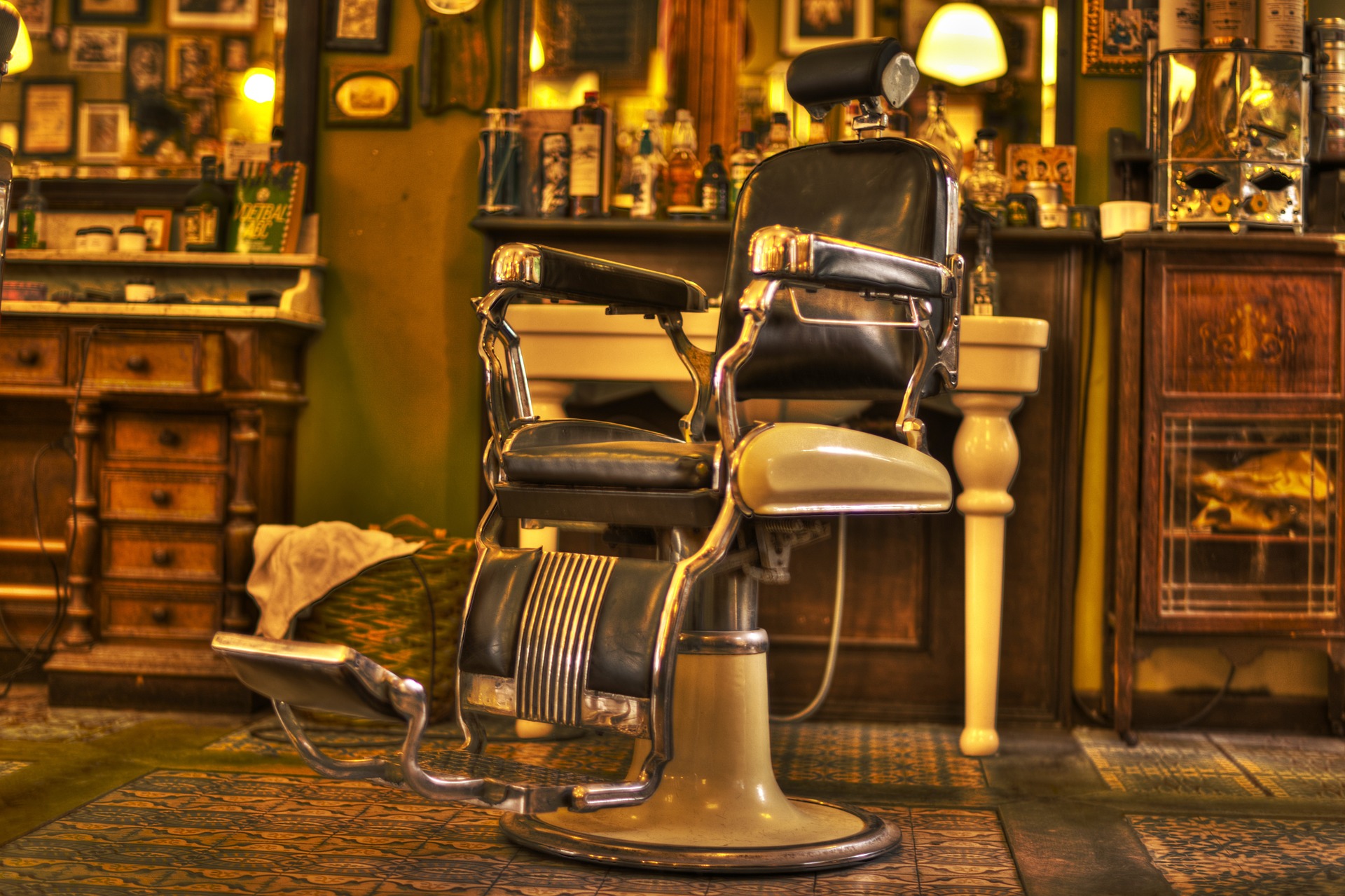Evolution of POS (Point-of-Sale) Systems
In today’s time, it is common to find POS (point-of-sale) machines or sometimes, a more capable POS setup even in a small shop. Tech advancements in the field of digital payments and the encouragement given by the Indian government to cashless economy has meant that more and more shops and retail units are moving towards embracing the digital way of managing their establishment. No wonder , today, having an effective POS solution that can not only help you handle money, stay organized, maintain customer relations but can also help you in outreach is critical.
Ever wondered as to how the journey began for POS? How it has evolved from its humble origins as a cash register to today’s smart solution that can handle complex operations? Well, let’s dive into the history of POS to figure this out!
James Ritty, a successful saloon owner in Dayton, was aboard a ship to Europe in 1878 where he saw a machine that counted the number of times the ship’s propeller completed a revolution. He realized he could devise a machine to keep track of sales at his shop using the same technology, to stop his employees from stealing money from the business.
A year later, he invented the “Incorruptible Cashier”, a mechanical precursor to the cash register that we know today. It didn’t have a cash drawer and only recorded the number of sales and the amount each transaction made. It helped Ritty keep a close track on his sales, thereby discouraging employees from stealing from the money box.
Ritty patented his invention but didn’t see much financial gain from it as business owners didn’t see value in it back then. He sold his patent to Jacob Eckert, founder of National Manufacturing Company (NMC). NMC was later sold to John H. Patterson, who renamed it as the National Cash Register (NCR) in 1884. It was in NCR that the cash register evolved with new features such as cash drawers for employees, paper rolls for printing receipts, etc. These features were instrumental to the rapid adoption of cash registers by business owners to record transactions and manage revenue.
In the early 1900s, NCR developed the first cash register powered by an electric motor. Electronic registers significantly sped up transactions, but they worked independently of each other. Thus owners of large stores had to get the totals from each register to get the total daily sales. Later, in the mid-1900s, technological advancements such as LCDs, thermal printing, etc. helped cash registers evolve into the point-of-sale systems of today.
IBM released the first POS system in 1973, which could control up to 128 cash registers. Touchscreen displays were introduced in 1986. With the advent of personal computers in the 1900s, the idea of fully automated retail stores started to take ground. Throughout the 90s, POS systems got a whole new makeover with the technology and internet boom, like the inclusion of barcode scanners, PC-Based POS systems, store automation, signature capture, and credit card devices.
Over the years, POS systems have evolved from simple mechanical cash registers to full-fledged retail management software that helps business owners automate and manage a host of retail functions – inventory, transactions and sales, customer relationships, reporting, etc. all from one single platform. With the dawn of the 2000s, POS systems have gone mobile, resulting in a marked improvement in customer shopping experience.
The modern POS system operates in the cloud, making it easy for merchants to track and check their store operations anytime, anywhere. Features such as loyalty programs, employee productivity tracking, and multiple payment methods go a long way in optimizing store output and enriching customer experience. The journey so far, for POS systems, has been interesting. We believe, the evolution will continue and we will see many more features coming up and POS solutions becoming as common as mobile phones.
How to Choose the Right POS Software for Your Restaurant?
Congratulations! Finally, your dream to open a restaurant has come true! You have chosen the right cuisine and hired the right staff to ensure the place runs smoothly. You have the right kind of kitchen equipment. The location, décor, and ambience are also perfect. You have ensured to create the right kind of promotion.
Everything looks perfect and exciting! There would be just one more thing for you to pay a little attention to and that is the billing software. In India, people use all kinds of payment modes and it is important that your restaurant software is able to handle one and all. No wonder it is very important to invest in the right POS (point-of-sale) software and not just any simple billing software.
An efficient POS system will not only ensure proper billing and maintenance of all financial records; it will also do plenty of other things to help you manage the operations of your restaurant without any glitch.
So, how do we go about selecting a POS software solution that is right for your restaurant business? Well, answers to the following 4 questions will help you choose the right POS for your restaurant.
1. What are your restaurant’s POS solution needs?
Ensure that you understand the point-of-sale solution needs of your restaurant before you invest in the right POS solution. The fact being, the needs of a café is different from that of a fine dining restaurant. Some key factors for you to judge the needs would be GST billing capability, Invoicing simplicity, Reporting format, Dashboards and amount of information that the solution can give you about your POS entries. Judge different POS solutions on these parameters.
2. Do you plan to expand your restaurant or have multiple locations?
It’s a good idea to invest in a POS system that has great adaptability and scalability features if you have plans to expand your business. You will need a POS device to accommodate multi-store management. For this, you will need a POS system that offers multi-store management features along with built-in training to ensure your staff is equipped to use it efficiently.
3. Does your restaurant have a fixed menu or a flexible menu?
If your restaurant has a fixed menu, you can relax. However, if your restaurant rotates the menu on a weekly, monthly, or seasonal basis, then you need to pick a POS system that offers your menu flexibility. This way it ensures that your customers can choose from special items on the menu and it is easier to take orders.
4. Are you keen to create a loyal customer base?
For the success of your restaurant, having a loyal customer base is very important. If your restaurant location is in a local neighbourhood, you will have regular customers. If the location is close to city limits, your customer base will be different.
If providing a unique experience to your customers is on your cards, then you would require a restaurant POS system with built-in loyalty features. It will help you create personalized experiences based on customer history.
Top restaurants always invest in POS systems which help their business grow. There are non-negotiable features that make a restaurant POS software one of its kind. Here are a few of them:
- Inventory Management
- Order Management
- Data Management
- Loyalty Features (Sending across Offers, Discount Coupons, etc.)
To think of it, you need a POS system that assists you in measuring your restaurant sales on periodical basis to enhance your growth. You can easily tap into the details and have an updated report about labour costs, food costs, and sales made by the restaurant staff.
In short, you need a capable ERP (Enterprise Resource Planning) software with a powerful POS capability. Answer the above questions and you should be able to figure out as which restaurant software is the best for you.
Posible is one such cloud-based ERP solution that gives you all this and more. Contact us to know more
Know How a Salon Software Can Help You Grow Your Business!
The beauty and wellness sector in India is expected to touch 20 bn dollars by 2025. Still largely unorganized, the growth of this sector has been attributed to increased awareness about beauty and beauty products, rise in disposable incomes and spends on lifestyle needs, and surge in the number of women in the workforce, among others. Estimates place the number of salons and spas at anywhere between 10 - 12 mn, though the actual number is likely much more abundant than this.
Naturally, competition is stiff! While you can take measures to fight competition, there's one tactic that will directly impact your revenue - salon software. These spas & salons erp solutions (or POS solutions) are cloud-based platforms with features like appointment scheduling, online booking, GST enabled billing, customer relationship management, reports management, employee performance tracking, etc.
Below, we have listed the three main benefits of a salon software that can help you grow your business.
1. Increased Efficiency- Save Time and Money
All your information is in one place and is easily accessible from anywhere. Save time and money on daily operations like filling and taking appointments in a notebook and tracking payments in an excel sheet. Instead, schedule appointments online, send appointment reminders to avoid no-shows, and track your business’ revenue, profitability, and growth from anywhere. It’s all in the cloud!
2. Aid in Decision Making
You don’t have to be scared of numbers and statistics anymore. These cloud-based spa & salon ERP software solutions provide a vast range of reports and statistics out-of-the-box, that have already been analyzed for you. With a wide range of filters and variables, you can drill-down to the bottom of your operations to identify consumer trends and problem areas that need your attention.
3. Improved Customer Service
Increase the number of repeat businesses and customers with the use of automated loyalty programs. Identify customers to target for specific deals based on profile and behavioral criteria. Such erp software are effective salon pos solutions and are able to capture customer information at the point of sale easily with the option to send them an email receipt. You can create comprehensive customer profiles and run automated campaigns based on spending habits, age, gender, demographic, and special occasions.
If you too are looking to grow your spa & salon business; take control of your salon operations with Posible’s cloud-based spa & salon ERP now! Click here to get started.
9 Ways to drive in-store walk-ins
Digitization has had a direct impact on the customer footfall at your retail store. The digital consumer can shop for anything she wants, at any time, and get it delivered to wherever she is. Quick technological advancements in logistics have enabled e-commerce companies to offer same-day delivery of products ordered online. The question naturally arises – what can you do to compel people to visit your store when the benefits seem to be on the other side.
To help you, we have compiled a list of 9 practical ideas that you can implement to drive foot traffic and boost sales at your retail store.
1. Create unique shopping experiences
By its very nature, e-commerce companies give you a clear advantage over themselves – ‘touch & feel’ shopping experiences. Online shopping is a virtual experience which is why your physical proximity to the shopper enables you to establish a ‘human’ connection, thereby increasing the value of the interaction. Hire smart talent, adept at sensing consumer preferences and invest in technologies like POS systems to record and analyze shopping behavior, trends, and patterns. Combine these tactics to deliver unique shopping experiences to your consumers, and they are bound to return for more.
2. Work on the window display
A lot of retail store owners ignore their window displays. Window displays play a crucial in promoting your retail store products. If your window display has a neglected look, displaying dull and faded products, it will not inspire people to visit your store. Changing or upgrading your display windows on a fortnightly basis may nudge the casual observer to pay a visit.
3. Cut down the queue
Most customers dread the long queues and abandon their purchases. To increase sales, banish the long lines. POS systems will help you clear queues faster, thereby improving your turnover.
Click here to find out why more and more retailers are switching to cloud-based POS systems.
4. Go digital
Yes, you read it right! As we mentioned before, consumers are using digital devices during their entire buyer journey. Whether to research the product or to compare prices, consumers are flocking to the digital world to make informed decisions. Hence it is crucial that your store has an online presence with a website, at the very least. You should also be present in listing directories and online forums. Ensure that you include correct details such as name, address, phone number, business hours, visual content, and reviews. It might take some effort, but it will drive traffic to your website and eventually to your retail store.
5. Hydrate your customers
Shopping can make customers thirsty. Offering a free cold drink or juice is a fun way to drive foot traffic to your store. It definitely will create a good impression on your customers. Ensure your customer stays hydrated, they are likely to shop more. Remember point no. 1?
6. Have a strong marketing plan
It is always a good idea to invest in marketing. The proliferation of free online tools and research materials mean that you can create and implement a marketing plan easily without incurring excessive fees/costs. Most modern POS systems come with bulk email and SMS capabilities and are usually an excellent place to start. If your finances permit, you can even consult a marketing agency to help you with creating and running successful marketing campaigns.
7. Create a customer contact list
Ensure that you record your customer profile details like email, birthday, anniversary and phone number, etc. Use the data wisely to reach out to them to promote your sales offer and loyalty programs. Do keep in mind not to spam them.
8. Have a loyalty program in place
In the process of acquiring new customers do not forget your old ones. Always have a loyalty program in place to ensure the retention of old customers. Loyalty programs will also help you create evangelists of your brand.
9. Keep impulse buys close to sales counters
Use the space around the sales counter wisely. Many customers indulge in impulse buys at the sales counter. These are usually low-value products related to your line of business.
Which idea appeals to you?
Benefits of using a CRM-enabled POS system
Have you been using traditional ways of managing your business as well as managing your customers? Keeping a record of transactions and trying to remember the preferences of every customer. Is that not a daunting task?
So how do large organizations manage their businesses?
It’s simple - they invest in tools or software that help them to run their businesses smoothly. Digital tools such as POS Software (Point of Sale) and CRM are the essential tools that most business organizations invest in.
Even if you have a small retail outlet, you too can invest in POS software that is reasonably priced. CRM enabled POS software is the best tool to invest in the current digital age. It is a good investment as it will help you to save on two significant resources – time and money.
Consider a few benefits of CRM enabled POS system:
Know Your Customer Better
We all will agree that the “Customer is the King”. Knowing your customer better- is one of the most important things that you need to do as a retail business owner. CRM enabled POS system becomes critical for you since the data that is collected from such a POS set-up will help you to understand what the customer needs. With a CRM enabled POS solution (such as Posible ERP solution – leading POS system in India), you can provide the right services, products and discounts/offers based on your customer's habits. This will help you have not just a satisfied customer but a happy customer, resulting in future repeat sales at your store.
Creates Brand Loyalty
Building brand loyalty is one of the most difficult tasks for any business. However, with CRM enabled POS in place this task will no longer seem daunting to you. The software collects the required information about the customer right at the point-of-sale. Hence you have data from every customer, at all times. Based on the data collected, POS systems help you create loyalty programs like gift cards program, anniversary discount offers, and rewards. You will have the entire customer profile at your fingertips. It will also help you create automated marketing campaigns based on the spending habits of the customer.
Connects Your Front Counter With Your Back Office
CRM enabled POS systems help you to save on time and money by completely automating the backend processes. Such a system auto-generates sales data of every customer and also assists in creating timely sales reports. All this can be done right at the POS terminal. It supports you in creating customer records, generates sales report or creates a new target list of customers without any glitch.
Data Management
With many customers visiting your store, a lot of data is generated. Managing such a huge amount of data can be quite a task since it can very easily create confusion. However, with CRM enabled POS, the hassles of data management is easily taken care off. An able tool such as the leading CRM in India, Posible software integrates all customer data along with the interdepartmental data automatically at once place. Hence, it cuts down your time for finding information and drawing insights.
Quicker and Improved Customer Service Experience
With CRM enabled POS, the sales person has information about the regular customers at their fingertips. Thus, your sales staff will be able to provide quicker and better service to your customers. This results in repeat business generating higher sales.
Our cloud-based CRM enabled POS tool, Posible gathers and analyzes valuable data leading to insightful business decisions and strategic planning. To know more about the amazing features of Posible; click here.






